7 frequent winter houseplant points and one of the simplest ways to clear up them
Indoor vegetation can really brighten up the colder months, nevertheless the shorter, darker days indicate you might encounter quite a lot of winter houseplant points alongside one of the simplest ways.
Even primarily probably the most unkillable houseplants can battle in winter, whether or not or not you might be taking good care of easy-care vibrant houseplants or houseplants that desire to be pot-bound. That’s the reason finding out one of the simplest ways to take care of houseplants over winter is so crucial.
‘Whether or not or not you’re caring for a fragile orchid, a up to date peace lily, or the ever-popular snake plant, giving your indoor vegetation considerably additional consideration in winter will help them thrive, whatever the drop in light ranges and temperature,’ says Rob Clarke, Westland’s technical supervisor.
With the help of our most trusted houseplant specialists, we’ve got put collectively a info to the commonest winter houseplant points, with concepts for tackling them sooner than it’s too late.
1. Overwatering
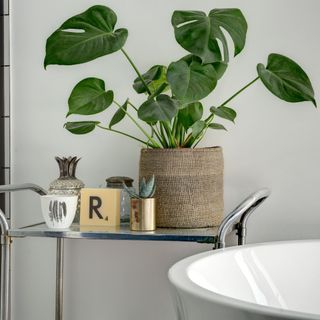
(Image credit score rating: Future PLC/Heather Gunn Photographs)
Crops need a lot much less water all through winter, nevertheless must you’re a faithful plant guardian, it’s all too easy to overdo it. That’s why overwatering is among the many most common winter houseplant points.
‘By way of caring for houseplants in winter, overwatering is among the many most common errors, as vegetation normally need a lot much less water inside the cooler months,’ explains David Denyer, flower skilled at Eflorist. ‘For a lot of houseplants, watering as quickly as every two weeks have to be adequate, nevertheless confirm the moisture ranges inside the soil collectively along with your fingers to make sure.’
Dr Susanne Lux, houseplant skilled at Stars for Europe, moreover recommends checking the soil sooner than watering. ‘Use the finger examine must you’re unsure of when to water,’ she says. ‘If the soil is dry to a depth of spherical 2cm, it’s time to give your plant a drink. If the pot is unusually light, that is one different good indicator {{that a}} bit further water is required.’
2. Low light ranges
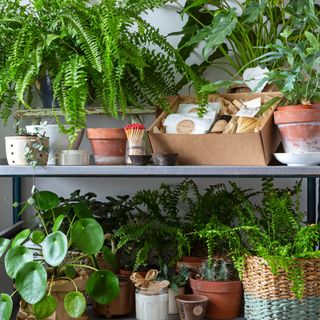
(Image credit score rating: Future PLC/Richard Gadsby)
The shorter, darker days of winter don’t go unnoticed by houseplants, and low ranges could trigger a sequence of frequent winter houseplant points.
‘It’s essential to be sure that they get adequate light with the shorter days, so I’d advocate placing them in an east-facing window to permit them to soak up as rather a lot as they won’t straight,’ says David.
Normally, north-facing residence home windows receive the least amount of daylight, so if that’s the place your vegetation are, ponder shifting them to a sunnier spot.
3. Temperature fluctuations

(Image credit score rating: Future/Rachael Smith)
Delicate ranges aren’t the one issue to watch out for in winter – temperatures are moreover a lot much less reliable, significantly with the heating ticking on and off all season.
‘Stay away from positioning vegetation near radiators, which can create a microclimate with drastic temperature and humidity shifts that may stress vegetation,’ warns Rob from Westland.
‘Equally, steer clear of placing houseplants on draughty windowsills the place temperatures usually fluctuate. Even sunny windowsills can develop to be overly warmth on a superb winter’s day, only for temperatures to drop significantly as quickly as night time time falls and curtains are closed.’
Rob moreover says that these fluctuations could trigger vegetation to drop leaves – so must you’ve seen your houseplants shedding, they may very well be unhappy of their current place.
4. Fertilising on the mistaken time
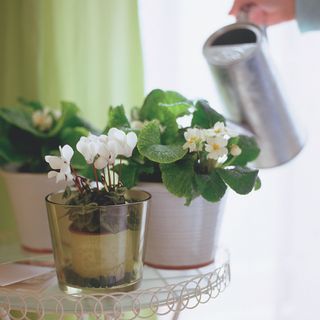
(Image credit score rating: Future PLC/Tim Winter)
Winter may very well be different to offer consideration to houseplant care, nevertheless that doesn’t indicate all care concepts could also be utilized this season. Usually, vegetation don’t need fertilising inside the winter.
‘Most houseplants don’t require feeding all through winter because of they enter a interval of dormancy with slower progress as a consequence of diminished daylight and cooler temperatures,’ explains Andy Little, houseplant purchaser at British Yard Centres.
‘It’s best to fertilise as soon as extra inside the spring after they resume full of life progress. You probably can inform once they’re ready when you see new leaves or flower buds.’
5. Underwatering
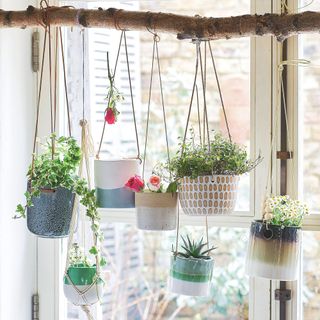
(Image credit score rating: Future PLC/Nick Pope Photographs)
We now have already spoken about overwatering as among the frequent winter houseplant points, nevertheless underwatering is a typical perpetrator, too – significantly in case your vegetation fall sufferer to the temperature fluctuations we talked about earlier.
‘In some circumstances, central heating can dry out the soil quickly, so it’s essential to confirm vegetation steadily, nevertheless ensure you’re solely watering when important,’ says Rob.
Central heating may even reduce humidity ranges, inflicting some vegetation to endure, so Rob recommends misting your vegetation typically.
‘Don’t give cacti & succulents additional humidity, nonetheless, as they thrive in dry conditions,’ he offers.
6. Leaf loss
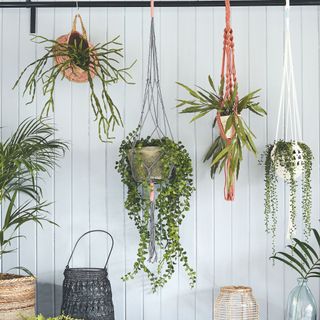
(Image credit score rating: Future PLC)
Although it’s common for vegetation to drop quite a lot of leaves as they modify to cooler temperatures, excessive shedding can level out a problem. We now have already talked about the affect of temperature modifications on leaf fall, nevertheless that’s not the one perpetrator.
‘Shedding leaves could level out that the plant is root-bound or that its soil has misplaced nutritional vitamins over time,’ says Rob.
The surest decision to a pot-bound or nutrient-deficient plant is repotting, nevertheless can you repot houseplants in winter?
‘Although spring is the right time for repotting, as a result of it’s the peak rising season, any plant that appears pot-bound, nutrient-deficient (evident by the use of yellowed leaves or lack of flowers), or is displaying indicators of root rot, have to be moved to latest potting mix and a barely larger pot,’ says Rob.
7. Mud
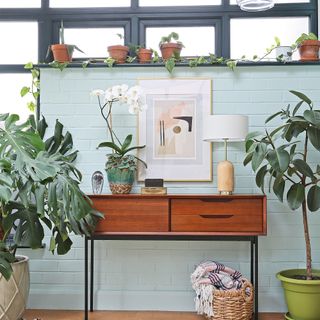
(Image credit score rating: Future PLC/Katie Lee)
Crops need as rather a lot light as doable in the midst of the shorter winter days, which means clear, dust-free leaves are a ought to.
‘Don’t overlook to keep up houseplant leaves dust-free, as a transparent leaf ground improves photosynthesis,’ says Rob. ‘Spray the leaves with Westland’s Houseplant Mist & Leaf Shine Spray (obtainable at Amazon) and gently wipe over each leaf using a moist cloth, supporting the leaf from beneath to forestall any harm.’
What you will have
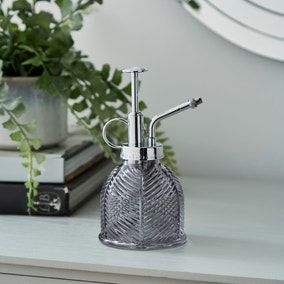
A plant mister to keep up humidity ranges up.
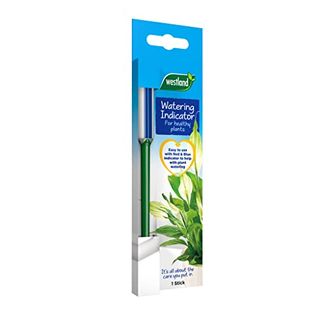
Westland Watering Indicator
This handy watering indicator could enable you to steer clear of over- or underwatering your vegetation.

Small Indoor Watering Can
A simple indoor watering can to keep up your houseplants topped up.
FAQs
Can houseplants get higher from chilly harm?
While you’ve left your plant to fend for itself in a chilly or draughty room, you might be most likely questioning what to do with houseplants which may be uncovered to the chilly.
As long as the leaves haven’t started to curve or change shade, and the plant appears to be in some other case healthful, your plant have to be very good as quickly because it has been moved to a warmer spot. Merely ensure you protect it away from radiators or one other scorching spots within the residence.
Why are the sides of my houseplant leaves turning brown?
Incorrect watering is the attainable perpetrator. You’ll want to aren’t overwatering or underwatering your plant, and confirm the soil. Whether it is soggy and the roots are beginning to rot, you’ve most likely given your plant an extreme quantity of water, and you will have to study to save lots of an overwatered plant.
If, alternatively, the soil is dry, you have to water your plant further typically. Moreover, ensure that the plant is just not too close to a radiator or something that may very well be drying the leaves out.
Maintain our document of winter houseplant points helpful for the next time you discover one factor awry collectively along with your vegetation.






